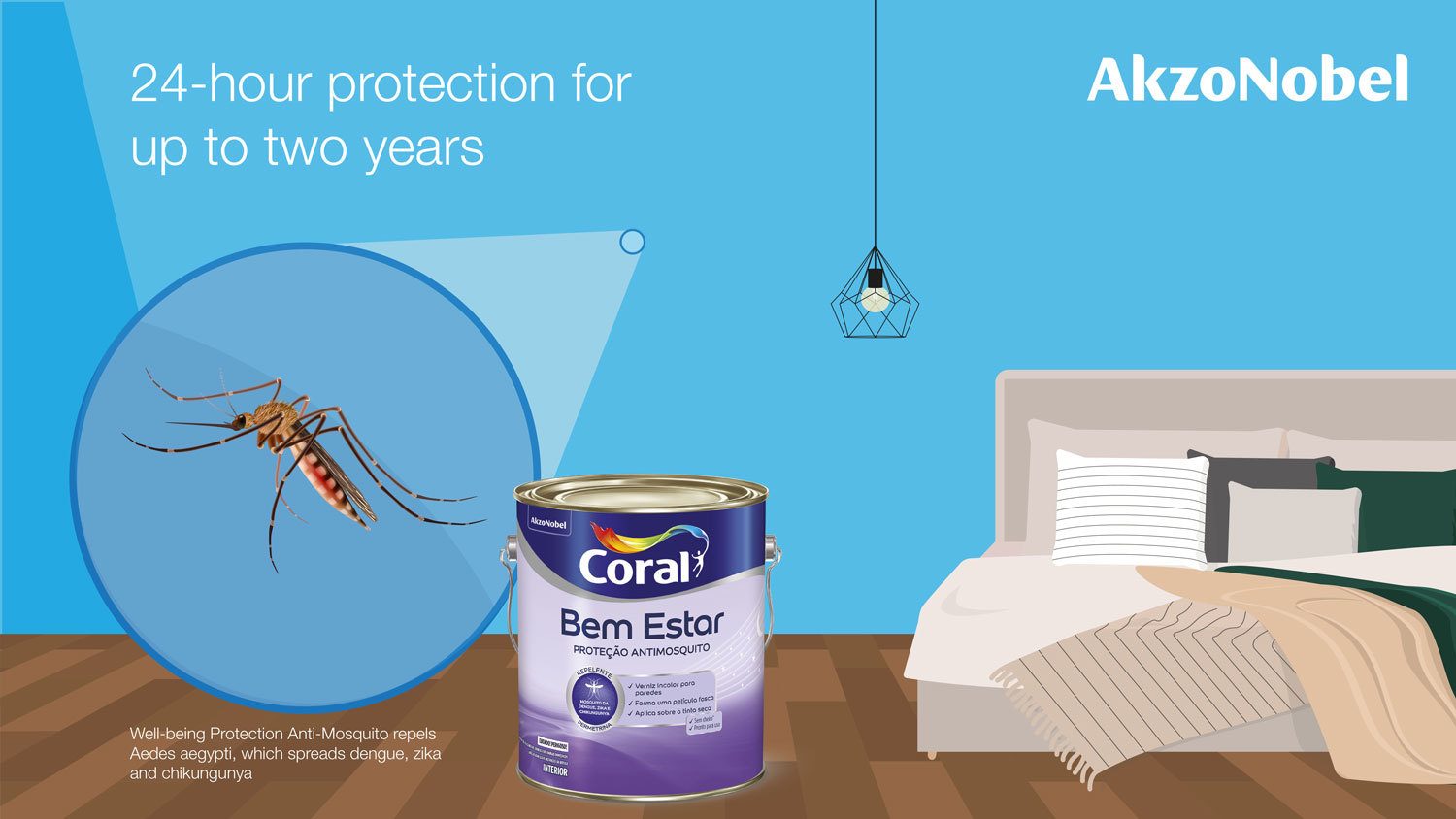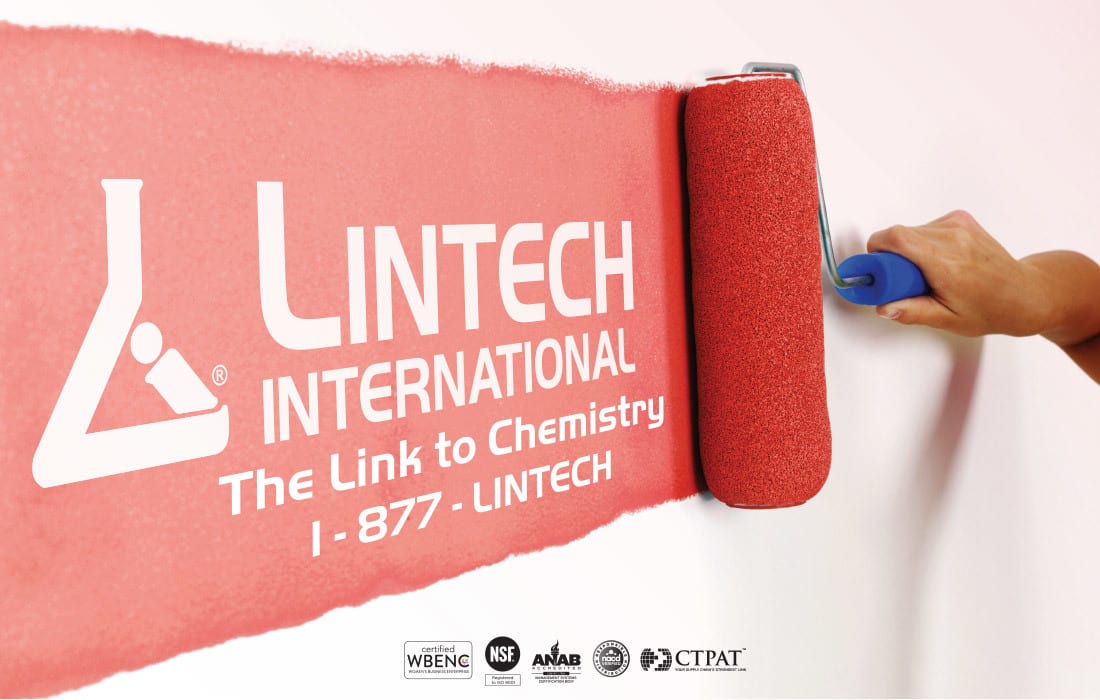Ready to proof -- 6/22/22
Proofed by KP 6-22-22
INDUSTRY UPDATES
Liberated Nomad reinvents the past and travels across worlds and decades. This complex aesthetic combines arts, folklore, Baroque and industrial influences to realign fragments of style in provocative ways. Included in the collection are Red-y for Fun, Malachite Green and Summer Night.
Well Intentions reflects a new duality: the desire for earth-friendly living and extraterrestrial pursuits. Look for innovative materials and organic shapes that blend the natural and artificial. Clean Slate, Bourbon Sweet Tea and Grassy Knoll exemplify the palette.
Life in Poetry embraces a relaxed summertime lifestyle and cherishes imperfections, DIY and bric-a-brac craftwork to create a cheerful, nostalgic retreat. Included in the collection are Pink Glamour, Grapevine and Lemon Gelato.
The color palettes come to life in an animated video and digital series, seen through the eyes of an architect imagining the lives of his clients suspended in moments of time.
LOS ANGELES – Dunn-Edwards Corp. announced its 2023 Color + Design Trends, a collection of four distinct color palettes — Live in Joy, Liberated Nomad, Well Intentions and Life in Poetry — that blend elements of the past, present and future.
“We are rebounding from difficult times with a flood of creative expressions that provide escape, connection, comfort, and survival — all at once — inspiring us to design new spaces that pull from the best of everything ever,” said Sara McLean, Color Expert + Stylist at Dunn-Edwards. “Joy and optimism fill our souls as survival mechanisms in the world of today. The color palettes of the four stories capture changing behaviors, emotional states and lifestyles. Warm chromatics dominate, echoing our optimism and the influence of space exploration. High-impact and nostalgic colors make a joyful comeback, earthy and vegetal shades delve into the mysteries of nature, and delicate neutrals give us space to imagine and reflect.”
Each year, Dunn-Edwards explores emerging palettes and design styles that reflect the outcome of a changing reality. Heavily researched and influenced by current consumer values, four distinct palettes represent the key themes that are driving aesthetics forward in 2023.
Live in Joy takes optimism to its extreme. This winter sports-influenced trend incorporates bold colors, innovative materials, and playful eighties and mod vibes to create celebratory, energetic spaces. Key colors include Kinetic Energy, Razzle Dazzle and Lemon Punch.
Dunn-Edwards Unveils 2023 Color + Design Trends
Image courtesy of Dunn-Edwards.

Congress Approves Shipping Reform Legislation
WASHINGTON – In a White House ceremony on June 16, President Biden signed the Ocean Shipping Reform Act of 2022 (S. 3580). The bipartisan and bicameral legislation was based on H.R. 4996, which passed the House in December, and will take key steps toward easing current supply chain challenges by expanding the authority of the Federal Maritime Commission (FMC) to promote U.S. exports through a maritime system that is transparent, efficient and fair.
Specifically, the act expands safeguards to combat retaliation and deter unfair business practices; clarifies prohibited carrier practices pertaining to detention and demurrage charges and vessel space accommodation; establishes a shipping exchange registry through the FMC; expands penalty authority to include refund of charges; and increases efficiency of the detention and demurrage complaint process.
In a news release following the signing, National Association of Chemical Distributors (NACD) President and CEO Eric R. Byer applauded President Biden and congressional leaders for their work in getting the act passed. Byer commented, “This bill will empower the Federal Maritime Commission to step up and hold ocean carriers accountable for high shipping rates, anticompetitive practices and arbitrary decision-making. This is a welcomed first step, and NACD calls for the swift implementation of the law. However, the Biden Administration and Congress must continue working together to end America’s supply chain crisis, including enhancing all parts of the supply chain with freight rail reforms, facilitating processes to put more truck drivers on the road, and making critical and long-term improvements to port infrastructure across the nation.”

Photo: SHansche, iStock/Getty Images Plus, via Getty Images
Report Predicts Protective Coatings Market to Reach $16.7 Billion by 2030
NEW YORK – Market intelligence company StraitsResearch, Pune, India, announced the release of a new report covering the protective coatings industry. According to the report, the global protective coatings market was valued at $12.2 billion in 2021 and is projected to reach $16.7 billion by 2030, growing at a compound annual growth rate (CAGR) of 3.4%.
The study found that the building industry's global expansion has boosted demand for protective coatings dramatically. Globally, population growth, urbanization and industrialization have raised the need for infrastructure development and construction, particularly in fast-growing countries in Asia-Pacific, Central and South America, and the Middle East.
Photo: Funtay, iStock/Getty Images Plus, via Getty Images.

Among the reasons for growth within the protective coatings market, the study found that the demand for green coatings, which have a high utilization rate, less waste, and lower costs to apply, tops the list of growth drivers. It predicts that powder coatings will provide new opportunities for the market, since they are a good replacement for solvent-based products. According to the study, these coatings are less expensive and more environmentally friendly than liquid paint. High curing temperatures are required for powder coating applications, which can be challenging to achieve with heat-sensitive materials like plastic and wood. To address these challenges, many developers have attempted to enhance curing temperatures. The study reports that powder coatings may now be fixed at 120 °C, utilizing new infrared and UV curing technologies, which considerably reduce the previously required temperature. As a result of this innovation, the spectrum of materials and industries that can potentially profit from powder in the future has grown significantly.
Powder coatings are also eco-friendly, making them a viable option for many large coating companies to reduce their carbon footprint. These coatings produce much fewer volatile organic compounds because they do not require the application of a solvent to a surface. Writers of the report expect that powder coatings will replace other traditional coatings in the coming years due to these factors, offering growth potential for protective coatings during the forecast period.
Analyzed by region, Asia-Pacific has the most dominant position in the global protective coatings market. The report predicts it will reach a value of $8,825 million by 2030, growing at a CAGR of 4.3%, the highest during the forecast period. China is a hub for chemical processing in the Asia-Pacific, accounting for a significant proportion of the chemicals produced globally. With the increasing need for various chemicals worldwide, the demand for protective coatings from this sector is anticipated to rise during the forecast period. North America is the second-largest shareholder in the regional market. It is estimated to reach a predicted value of $3,475 million by 2030, growing at a CAGR of 2.9%. Protective coatings have significant demand from the U.S. construction sector. Europe holds the third-largest position in the market. It is estimated to reach a value of $2,750 million by 2030, growing at a CAGR of 2.7%. The chemical industry in Germany is the largest in Europe. Germany is the primary chemical manufacturer, accounting for more than 70% of all chemical exports from Europe.
By product type, the global protective coatings market is segmented into epoxy, polyurethane, vinyl ester, polyester and other. The epoxy segment dominates the global protective coatings market. It is estimated to reach a value of $7,065 million by 2030, growing at a CAGR of 3.5%. By technology, the global protective coatings market is segmented into waterborne, solventborne, powder and other technologies. Solventborne technology currently dominates the global protective coatings market. It is estimated to reach a predicted value of $7,085 million by 2030, growing at a CAGR of 3%. By end-use industry, the market is segmented into oil and gas, mining, power, infrastructure, and others. According to the report, the infrastructure segment holds the most commanding position in the global protective coatings market. It is expected to reach a predicted value of $6,120 million by 2030, growing at a CAGR of 3.8%. Growth in this segment is due, in part, to rapidly growing infrastructure projects across the globe.
AkzoNobel Develops Coating to Combat Dengue Fever
AMSTERDAM – People in Brazil have a new ally in the fight against an invasive carrier of dengue fever — a mosquito-repellent coating developed by AkzoNobel’s Coral brand.
Known as Well-being Protection Anti-Mosquito, the colorless matt varnish contains an active ingredient called permethrin. Its repellent action is specifically designed to combat the Aedes aegypti mosquito, which was largely responsible for dengue cases in Brazil, surging 165% during the first few months of 2022, according to figures from the Brazilian Ministry of Health. As well as spreading dengue, Aedes aegypti can also transmit the zika and chikungunya virus.
When a mosquito lands on the new transparent topcoat, the permethrin is absorbed through its feet and over-excites the insect’s nervous system, causing it to disengage or fall off. Permethrin is a well-known repellent and is commonly used in fabrics for mosquito nets and protective clothing.
“Concerns about health and safety at home have greatly increased in recent years,” explains Daniel Campos, AkzoNobel’s Director of Decorative Paints in Latin America. “This new coating — the first of its kind in the region — is a clear matt varnish that can be applied over any painted wall. It’s a great example of People. Planet. Paint. in action and shows how our pioneering approach to product development can help make a genuine and lasting difference, including to people’s health and well-being.
“Public health is a major issue in countries across the world. In Brazil, dengue is a particular problem. We want to help people look after their families by offering a breakthrough product that has been proven to give continuous protection against the Aedes aegypti mosquito, 24 hours a day, for up to two years.”
The effectiveness of Well-being Protection Anti-Mosquito was tested in an independent external laboratory, certified by the Brazilian Network of Analytical Laboratories in Health. All the tests took place on painted walls and ceilings in a life-size house environment and successfully proved that mosquitoes were repelled from the room after contact, with the active ingredient being retained in the varnish matrix.
Dengue is a viral infection transmitted to humans through the bite of infected mosquitoes. According to the World Health Organization, the global incidence of dengue has grown dramatically, with around half the world’s population at risk. Up until May 14 of this year, there were 855,910 reports of probable infection of dengue in Brazil, with an incidence of 401.2 per 100,000 inhabitants. The extent of the public health problem is underlined by the fact that dengue, zika and chikungunya don’t have a specific treatment. So, prevention is regarded as the best strategy.
Currently only available in Brazil, there are plans to make the new product available in other countries and regions.

Image courtesy of AkzoNobel.
Organizers of Waterborne Symposium Seek Abstract Submissions
NEW ORLEANS – The Waterborne Symposium is seeking submissions from academia, government and industry presenting novel research results in all aspects of coatings. The symposium will take place Feb. 12-17, 2023, in New Orleans. Speakers will be presenting Feb. 15-17, 2023. Presentation abstracts are due Oct. 1, 2022.
Suggested presentation topics include, but are not limited to, novel waterborne materials, high solids, new technologies, nano (structure or technology), architectural coatings, protective coatings, emulsion, renewable/bio-based coatings, corrosion and adhesion, functional coatings, high throughput, UV, pigments and additives, weathering and durability, wood coatings, and powder coatings. All presentations must be original (first time presented) and non-commercial. Presentations should be no less than 20 minutes and no longer than 30 minutes.
For more information, click here.

Photo: kasto80, iStock/Getty Images Plus, via Getty Images
